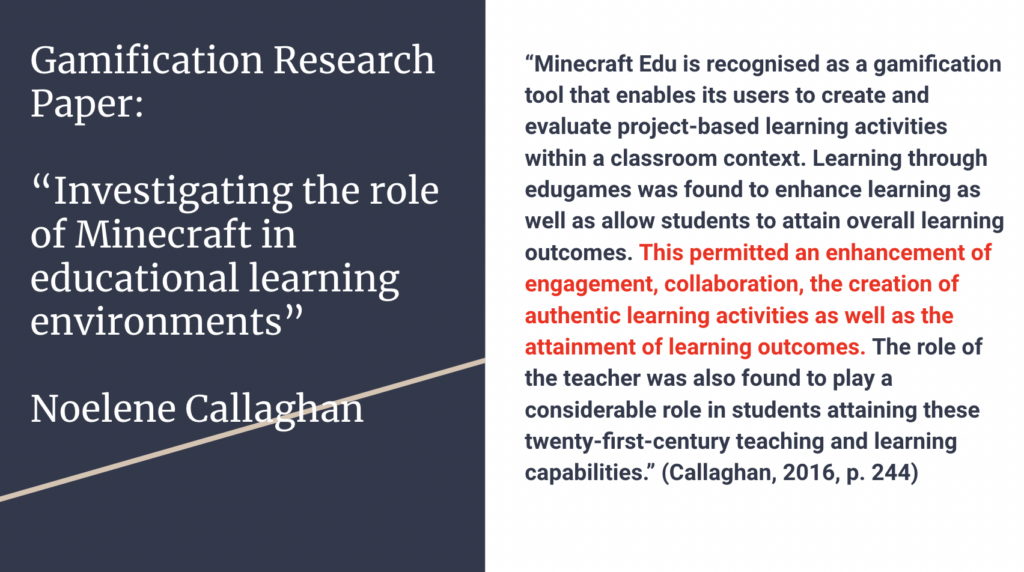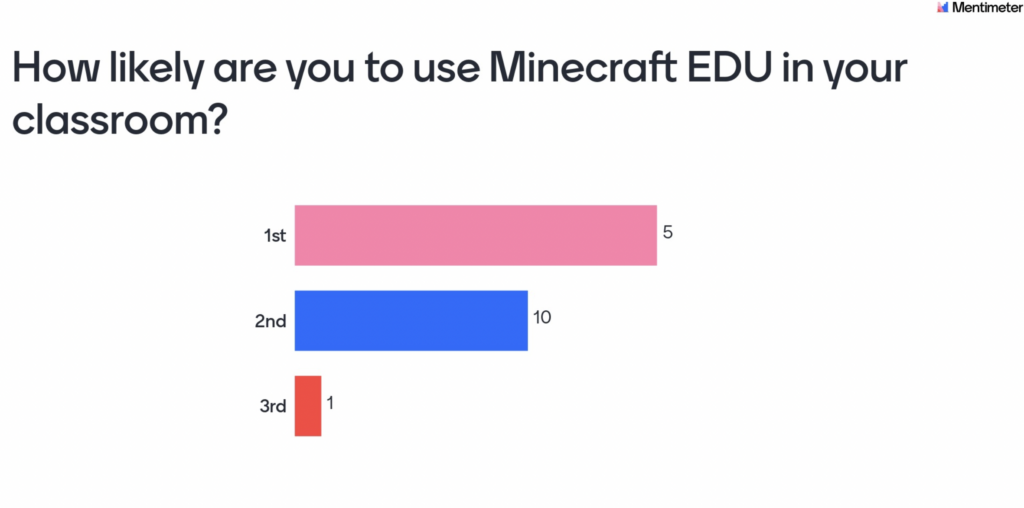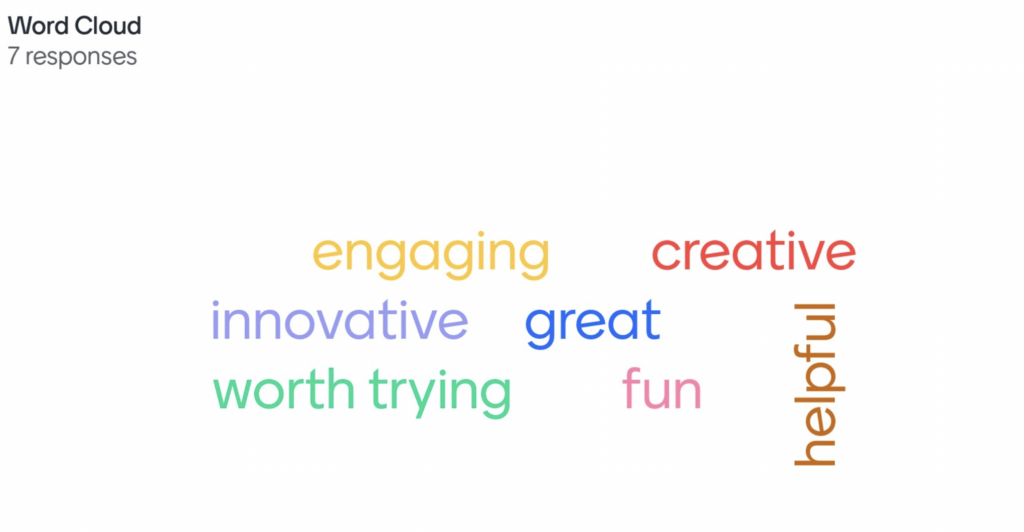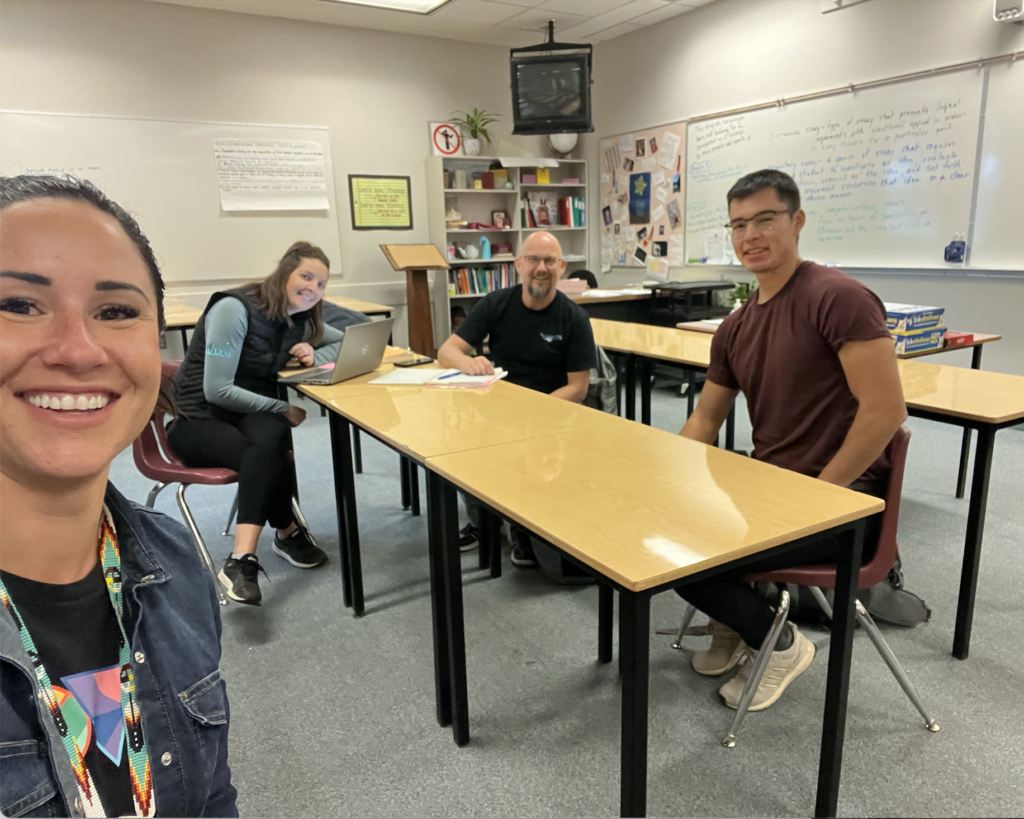What education technology issue, topic, or theme are you most interested in?
I am most interested in Gamification in the classroom. On October 20th, 2023, I presented at the Innovate Ed, Education Technology Conference at Vernon Secondary School.
Event Description:
“The 2023 event will mark the 4th year of hosting Innovate-ED, BC’s premier educational technology conference. We are proud to say that we have welcomed over 1500 participants from across the province and hope build on that success returning to where it all began in Vernon for Innovate-ED23. Our conference tagline remains “Students @ the Centre,” where we will continue our original vision of keeping everything we do focused around innovation and the learning environment’s core participants, our students.” (n.d.). Innovate-ed. Innovate Ed. Retrieved October 1, 2023, from https://www.innovate-ed.ca/
I began my presentation with asking all participants if it was okay that I film the session, and if they had any ethical concerns to please let me know prior, or privately once the session was complete. I then began with a land acknowledgement. We live on the ancestral, unceded territory of the Syilx Nation, an area of land that is plentiful and provides me with joy and appreciation every day. I then showed our agenda for the session. Next, I gave my fellow educators an opportunity to share the grade levels they teach, their subject areas, and / or, any questions they have about Minecraft. Here are some responses:
- How hard is it to get Minecraft Education on old IPads?
- Can the students use Minecraft to show the learning in different subject areas?
- How can we unlock students’ creativity and trick them into learning – using this tool?
- How can I effectively use it in the classroom?
- What is its purpose?
- How do I use it in the classroom?
I was pleased with these questions, as I felt my presentation was setup in a way that would answer these queries.

Next, I embedded the S.A.M.R. Model into my Presentation to enhance understanding around technology use in the classroom. I also believe the definition of “Redefinition” stage of Technology use, contributes to the validity of Minecraft. As I stated in my presentation, I believe Minecraft resides in the “redefinition” category of the model, as I’ve seen students apply their content knowledge to create incredibly creative worlds. One example of this was in my Social Studies Grade 8 class, recently. Students learned about the social hierarchy of the “Feudalism System” during the Middle Ages. They applied their content knowledge to build the physical representation of the manorialism, including castles, manors, churches, homes for the peasants and serfs, as well as the outlying forests, and livestock spaces. Students created entire villages, in this example, students are using “technology to create novel tasks.”

Next, I integrated some important perspectives from a research paper, titled, “Investigating the role of Minecraft in educational learning environments” by Noelene Callaghan. The main point I hoped to convey was the increase in engagement and interaction of gamification in the classroom. She stated, “Interaction is considered one of the most important aspects related to optimal experience with computer games” (Callaghan, 2016, p. 246)
I went on to demonstrate how to use Minecraft Education and how to access the “Subject Kits” in the program. Educators asked questions and we navigated how to use the technology.
Reflecting, here are some things I would have done differently:
- Many teachers mentioned that they wanted to know HOW to “play” Minecraft themselves. I do not possess these skills – it was not the focus of my presentation. I wanted to teach them how to get their students using it; however, it would be helpful in the future.
- I would have taken them through a lesson from the start, and had them “play / build” for a small amount of time.
Overall, I am happy with how the presentation went. I had 23 participants, of all different grade levels and subject areas. Some teachers came from Vancouver for the conference and I appreciated the diversity of classroom teachers we had. Of 23 participants, only 7 completed my exit survey, but here are the results:




Gamification is something I’m interested in learning more about. I wonder about:
- Being able to quantify what I view as the most important part of gamification in the classroom: engagement. How would I measure engagement, if I were to use this as an area of research?
- How can I collaborate with other teachers / would they be willing to partake in an explorative approach to Minecraft Education in the classroom and measuring the subsequent success of it?

Recent Comments